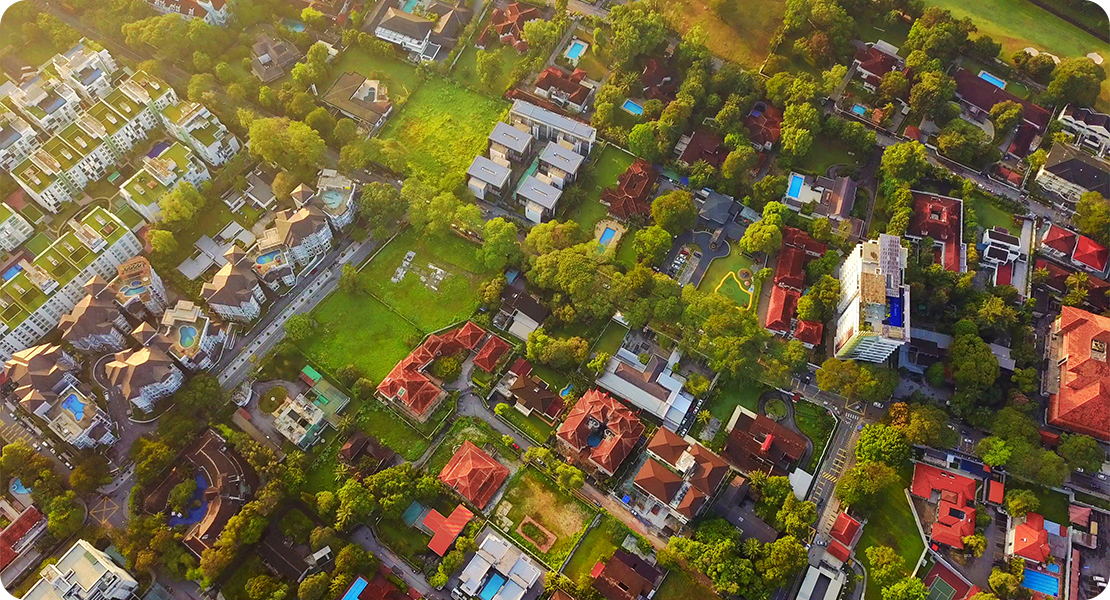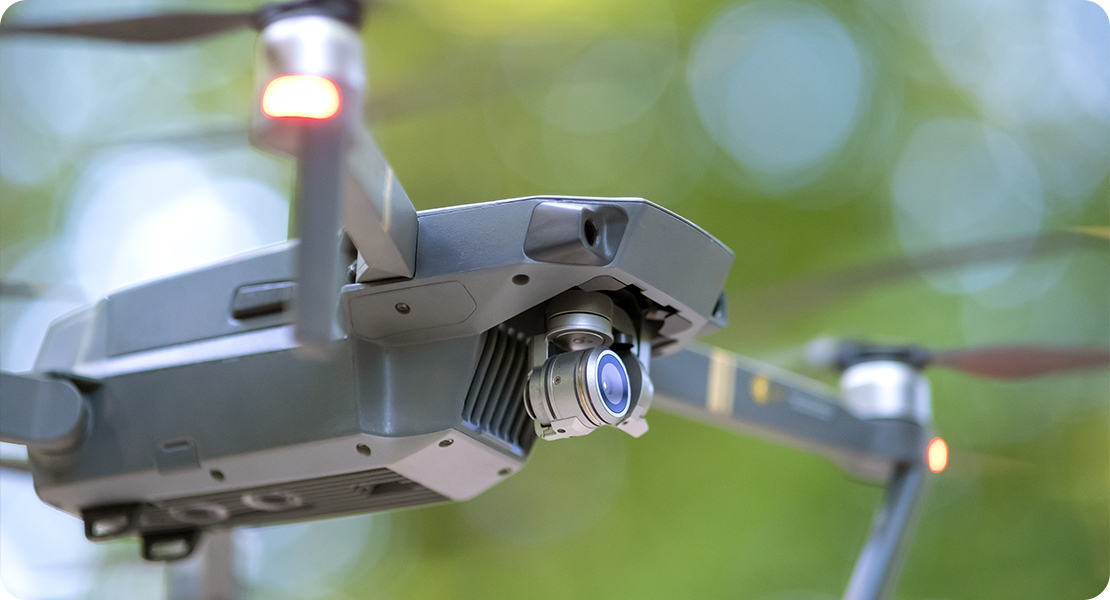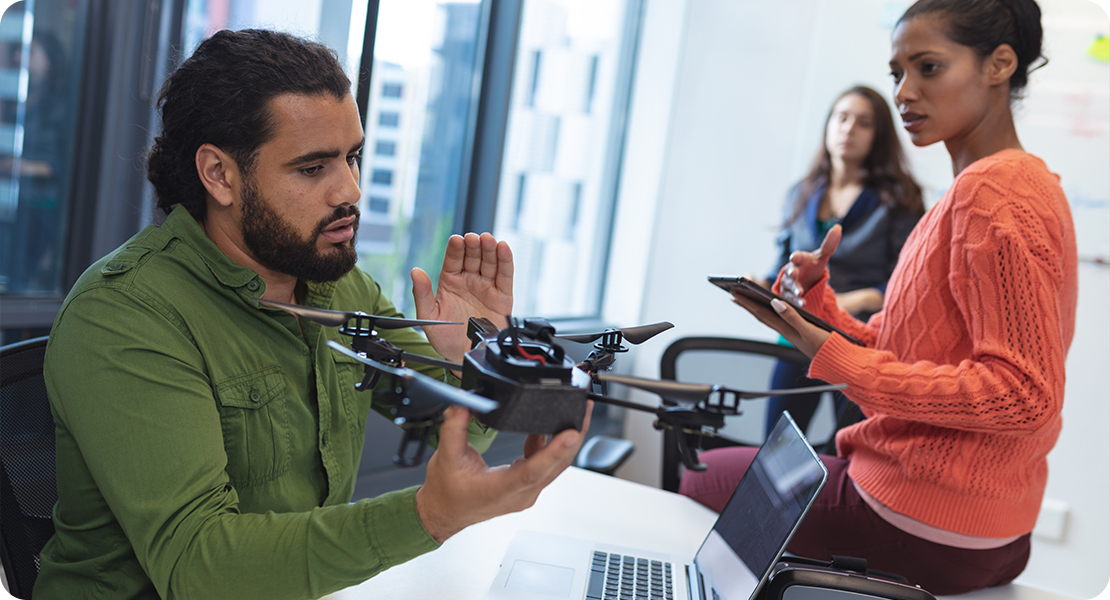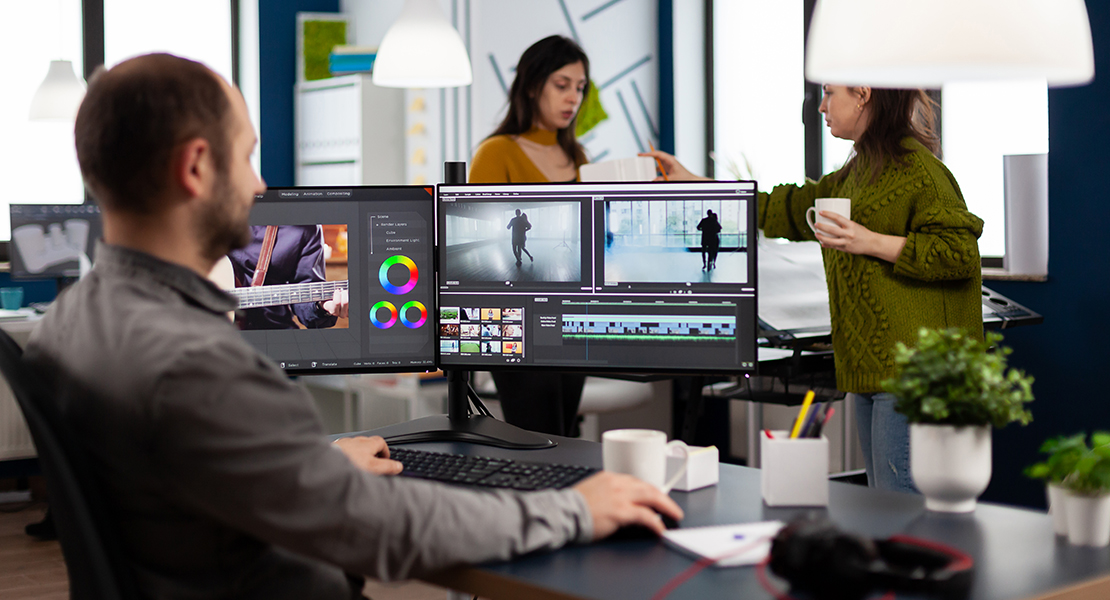
Let’s be honest—there’s just something about an aerial shot that instantly grabs your attention. Whether it’s soaring over a misty mountain range, sweeping across a bustling city skyline, or diving into the middle of a dramatic action sequence, drone footage has a way of pulling viewers into the scene like nothing else. In today’s video production world, drones aren’t just a novelty—they’re a creative powerhouse.
So if you’re curious about how drones can elevate your video projects—quite literally—you’re in the right place. In this article, we’re going to take a proper deep dive into the world of drone video production. We’ll talk about how aerial shots are used to add drama and depth, the types of drones best suited for filming, the legal stuff you absolutely need to know, and tips to get your shots looking cinematic. Ready? Let’s get airborne.
Why Aerial Shots Are So Effective
There’s a reason drone footage has exploded in popularity over the past decade. It does something few other techniques can—show the viewer the big picture, quite literally.
Offering a New Perspective
We’re used to seeing the world at eye-level. Most handheld shots or even static tripod scenes reflect what we’d naturally see if we were standing there. But drones shake that up. They can zoom above buildings, sweep over cliffs, and pull back to show vast landscapes—all while remaining incredibly stable. This gives the viewer a bird’s eye view they wouldn’t normally get, which can be both thrilling and deeply informative.
Creating a Sense of Scale
Want to make a tiny figure look vulnerable in a massive world? Or showcase the sheer size of a concert crowd? Drone shots are perfect for this. By pulling the camera back and rising above the action, you instantly give your audience a sense of scale. It helps them understand how big, how wide, or how populated a space really is—something traditional ground-based shots can struggle to communicate.
Enhancing Storytelling Emotionally
Let’s say your film follows a character feeling isolated. An overhead drone shot of them walking alone through a wide open field can hit much harder than a close-up of their face. Aerial views tap into emotion by placing characters within their environments. You’re not just filming the person—you’re showing their world. That’s powerful visual storytelling.

When to Use Drone Footage in Your Projects
Not every video needs drone shots, and throwing them in just for the sake of it can sometimes backfire. But used thoughtfully, they can elevate your production massively.
Establishing Shots
This one’s a classic. Drone footage makes for perfect establishing shots—the kind that open a scene or a story. Think of a slow glide over a beachside town before cutting to action at ground level. It sets the tone, shows location, and gives your audience spatial awareness right from the start.
Transitions Between Scenes
Moving from one location to another? Instead of a hard cut, why not use a smooth aerial sequence to guide your viewers along? For example, flying from a mountain retreat to a nearby city in one unbroken take creates a cinematic bridge between two very different worlds.
Event Coverage
Weddings, festivals, marathons—you name it. Drone footage can capture the scale and energy of large events in a way ground-based cameras never could. It’s particularly great for opening sequences or montages that need to feel epic and full of life.
Action and Adventure Sequences
From cycling down a mountain trail to sailing on open water, drones bring action scenes to life with kinetic, immersive motion. They can follow, circle, and climb alongside the action, giving your audience the feeling that they’re right there in the middle of it all.
Choosing the Right Drone for the Job
Now, let’s talk gear. Not all drones are created equal, and the one you choose can have a huge impact on the final look of your video.
Consumer vs Professional Drones
If you’re just starting out, a consumer-grade drone like the DJI Mini 4 Pro or the Air 3 is a good place to begin. These drones are compact, relatively affordable, and pack a serious punch when it comes to image quality and stabilisation. They often shoot in 4K and come with built-in safety features like obstacle avoidance.
For higher-end productions, you might want to step up to something like the DJI Inspire series. These are proper professional drones with interchangeable lenses, superior sensors, and the ability to shoot RAW footage. They’re pricier, yes, but they open up serious creative options.
Camera Specs to Consider
When evaluating drones, look for ones that offer:
- 4K or higher resolution – essential for cinematic quality
- Good dynamic range – important for dealing with tricky lighting
- Gimbal stabilisation – for that smooth, floaty movement
- Long battery life – nothing worse than having to land every 10 minutes

It’s also worth thinking about frame rate. If you want slow-motion capabilities, aim for drones that can record at 60fps or higher in 4K.
Planning Your Aerial Shots: Tips for Cinematic Excellence
Getting a drone in the air is one thing. Getting stunning footage is another. Let’s run through some tips that can help you nail those beautiful, cinematic aerial shots.
Plan Your Flight Path in Advance
Don’t just take off and wing it (pun fully intended). Think about what you want your shot to achieve and sketch out your flight path beforehand. Apps like DroneDeploy or Litchi can help you pre-plan complex shots, including waypoints and altitude changes.
Use Movement with Purpose
There’s nothing wrong with a static hovering shot, but movement is where drones really shine. Try slow reveals, gradual fly-overs, or spiralling ascents to inject motion into your scenes. Remember: smooth, steady, and intentional movements usually feel the most professional.
Consider the Light
Golden hour—the hour after sunrise and the hour before sunset—is your best friend. This light is soft, warm, and directional, which helps bring out textures in landscapes and gives everything a gentle glow. Shooting in the harsh midday sun can create blown-out highlights and flat shadows, so aim to film early or late whenever possible.
Keep it Legal
This one’s non-negotiable. Drone laws in the UK are enforced by the Civil Aviation Authority (CAA), and you’ll need to register your drone if it weighs more than 250g. If you’re filming commercially, you’ll need an Operational Authorisation too.
Always:
- Keep your drone in visual line of sight
- Stay below 400ft
- Avoid flying over crowds or near airports
- Get permission for flying in restricted areas
Trust me, breaking drone laws can land you with serious fines—and possibly even jail time—so it’s worth doing things by the book.
Post-Production: Making Drone Shots Pop
Once you’ve captured your aerial footage, the real transformation begins in post-production. This is where raw clips turn into emotionally resonant sequences. While it can be tempting to drop drone shots straight into your edit, they’ll only truly shine with proper attention to detail. Treat them as key moments in your visual story, and not just filler or novelty—after all, they often set the tone for your entire piece. A well-edited drone shot can lift the production value of a project dramatically, so it deserves its own round of fine-tuning.
Drone footage often benefits from a tailored approach in the edit suite. You might need to adjust colour, enhance contrast, or fine-tune exposure levels to match the rest of your footage. Don’t forget that drone clips usually offer more space and less motion than handheld ones, which gives you more creative freedom to introduce subtle zooms or pans in post. Add thoughtful transitions between ground-level and aerial shots to keep the flow feeling seamless. With the right touches, your drone sequences can go from decent to cinematic.

Colour Grading for Atmosphere
When you shoot with drones, particularly higher-end models, chances are you’ll be working with flat colour profiles. These might look washed-out at first glance, but they’re a goldmine in post-production. Flat profiles retain a broader dynamic range, which means you can recover more detail from the shadows and highlights. This becomes especially important when dealing with outdoor shots where the lighting can vary dramatically. Through colour grading, you can inject mood and personality into each clip—making a sunrise feel warm and hopeful, or a stormy sky look foreboding and dramatic.
A solid colour grade not only enhances the visual appeal but also ensures that your drone footage blends cohesively with the rest of your video. For example, if the rest of your film has a cool, bluish tone, your aerial shots shouldn’t suddenly burst with oversaturated greens and yellows. Use software like DaVinci Resolve, Final Cut Pro, or Adobe Premiere Pro to bring everything into harmony. Grading tools allow for selective adjustments, so you can lift a faded landscape, deepen the skies, or even isolate and enhance a focal point without affecting the entire frame. The more thoughtful your grading, the more immersive your story becomes.
Stabilisation and Speed Ramping
Even the most advanced drones, with their gimbal systems and flight smoothness, can produce footage that needs a little polish. Slight vibrations, wind-induced shakes, or jerky directional shifts might not be obvious on a small screen but can stand out on a larger display. Applying post-production stabilisation helps iron out these imperfections. Tools within editing software can track the motion in a clip and apply subtle corrections that preserve natural movement without introducing an artificial feel. The key is to enhance stability without losing that real-world sense of floating through space.

Speed ramping is another trick that can bring a whole new level of flair to drone shots. By dynamically adjusting the speed of your footage—slowing down certain parts and speeding up others—you create a rhythm that syncs beautifully with your audio or narrative beats. For instance, a gradual slow-motion descent towards a subject can add gravity and importance to a scene. Conversely, speeding up a take-off can add urgency or a sense of adventure. It’s not just a flashy gimmick; when done right, speed ramping adds emotional cadence to your footage and makes your aerial sequences more memorable.
Sound Design Matters
Because drone cameras don’t record high-quality audio (and in many cases, no audio at all), you’ve got a blank canvas when it comes to sound. That’s actually a massive advantage. You can craft an entire soundscape from scratch to match the emotion and energy of the visuals. Whether it’s the gentle rustle of trees during a forest flyover or the distant hum of a city beneath a high-altitude shot, sound layers breathe life into silent aerial scenes. Without them, even the most stunning visuals can feel flat or disconnected.
It’s not just about ambient noise—music plays a huge role too. The soundtrack you choose should match the pace and tone of the drone footage. A sweeping orchestral score might suit a majestic mountain range, while a punchy electronic track could elevate urban aerials or action shots. You might even consider subtle sound effects like whooshes as the drone pans or glides past structures. Thoughtful sound design works hand-in-hand with the visuals, anchoring viewers in the scene and guiding their emotional response. Don’t underestimate how much audio can turn your drone footage from “nice” to absolutely unforgettable.
Real-World Use Cases for Drone Footage
To give you an idea of just how versatile drones can be, here are a few real-world examples where aerial footage completely transforms the final product.
Real Estate Showcases
Estate agents are increasingly using drones to show off luxury properties, sprawling estates, and even inner-city flats. A smooth flight over the roof, followed by a gentle pan through the garden, helps sell the lifestyle—not just the building.
Tourism and Travel Videos
Ever watched a travel vlog and felt an instant urge to book a flight? Chances are, drone shots played a big role. They add excitement, romance, and scale to travel content—whether you’re highlighting a remote island or a cultural hotspot.

Documentaries and Nature Films
From nature reserves to industrial sites, drone footage gives documentary filmmakers access to angles that would otherwise require helicopters or cranes. It’s also less disruptive to wildlife, making it a more sustainable choice for environmental filmmakers.
Common Mistakes to Avoid
It’s not all glamour. Plenty can go wrong with drone filming if you’re not careful.
Relying Too Heavily on Aerial Shots
Drone footage is powerful—but it’s a spice, not the main course. Overusing it can make your video feel repetitive or detached. Blend aerials with ground shots, close-ups, and handheld sequences to keep things dynamic.
Flying in Unsafe Conditions
High winds, rain, and poor GPS signals are all signs to pack it in. Always check the weather and perform a pre-flight checklist. And remember—if in doubt, don’t fly.
Ignoring Composition
Just because you’re up high doesn’t mean the rules of good framing go out the window. Follow the rule of thirds, look for leading lines, and make use of negative space. A beautiful view is only half the battle—a well-composed frame is what makes it memorable.
Final Thoughts: Let Your Creativity Take Flight
Drone video production isn’t just a trend—it’s a tool that’s here to stay. When used thoughtfully, it can add drama, beauty, and emotional depth to your storytelling. Whether you’re creating a wedding video, filming a brand advert, or working on a cinematic short, aerial shots help elevate your visuals—pun absolutely intended.
So, if you’ve been on the fence about investing in a drone, maybe now’s the time to give it a go. Just remember to plan your shots, fly responsibly, and use those incredible aerial views to support your story—not distract from it. And if you’d like to discuss taking your video production to the next level, get in touch with us at Spiel for a free strategy consultation.
Lights, camera… take-off.

